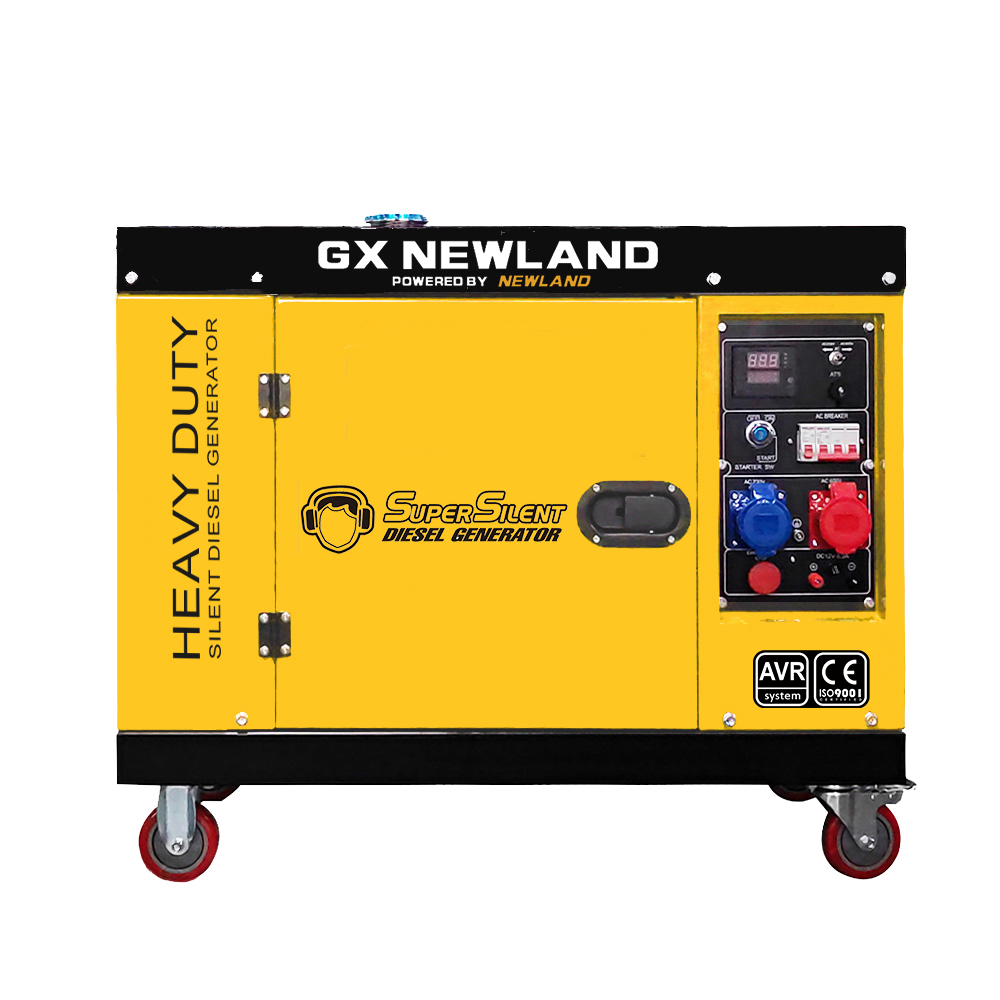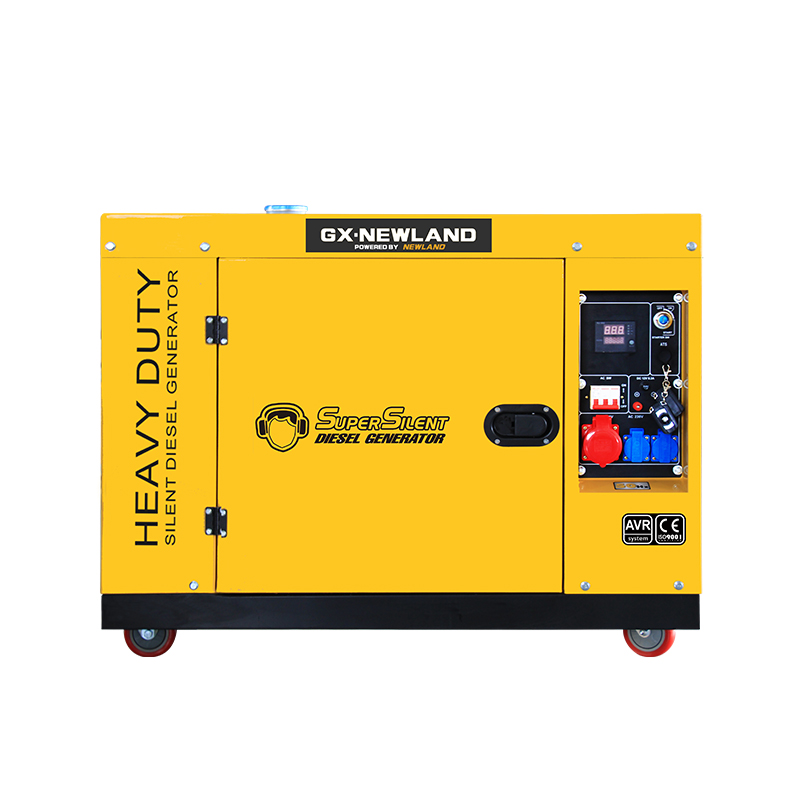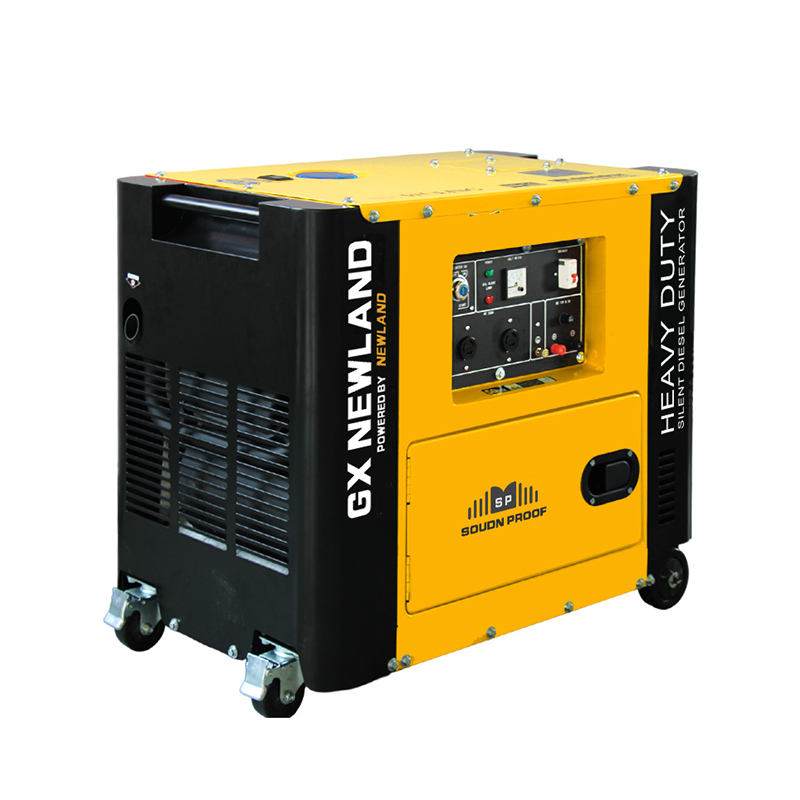The principle of gasoline generator
Expansion stroke
During this process, the intake and exhaust valves are still closed. When the piston approaches top dead center, the spark plug emits an electric spark, igniting the compressed combustible mixture. After the combustible gas mixture is burned, a large amount of heat energy is released, and the pressure and temperature of the gas increases rapidly at this time. The maximum pressure it can reach can reach 3-5MPa, and the corresponding temperature is as high as 2200-2800K. The high-temperature and high-pressure gas pushes the piston to move from the top dead center to the bottom dead center, and the crank rotates through the connecting rod and outputs mechanical energy. In addition to maintaining the engine itself, the rest is used for external work. During the movement of the piston, the internal volume of the cylinder increases, and the gas pressure and temperature drop rapidly. At the end of the stroke, the pressure drops to 0.3-0.5MPa, and the temperature is 1300-1600K.
Exhaust stroke
When the expansion stroke (power stroke) is nearing the end, the exhaust valve is opened, and free exhaust is carried out by the pressure of the exhaust gas. When the piston reaches the bottom dead center and then moves to the top dead center, the exhaust gas is forcibly discharged into the atmosphere, which is the exhaust gas. gas stroke. During this stroke, the pressure in the cylinder is slightly higher than the atmospheric pressure, about 0.105-0.115MPa. When the piston reaches near the top dead center, the exhaust stroke ends, and the exhaust gas temperature at this time is about 900-1200K.
Thus, we have introduced a working cycle of the engine, during which the piston reciprocates four strokes between the top and bottom dead centers, and the crankshaft rotates two weeks accordingly.
A gasoline engine is assembled with an alternator to form a gasoline generator set.

 英语
英语 中文简体
中文简体 俄语
俄语












